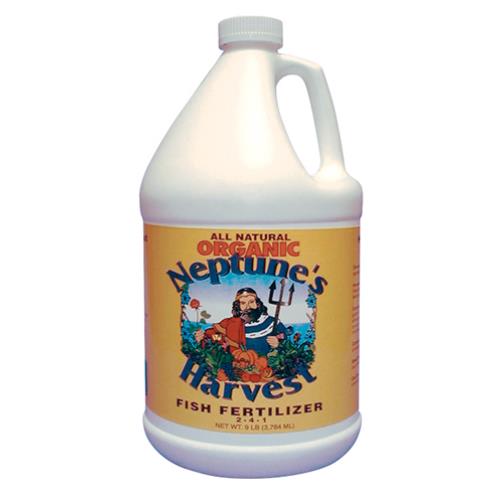

Will Axelrod, a project manager at Brooklyn Grange, says, “Nitrogen helps with leaf growth and stem growth phosphorus helps with root growth and flowering and potassium helps the plant fight disease.” Flowering plants need more phosphorus “stretchy” or “leggy” growth can be a sign of too much nitrogen. “If you’re trying to fix a specific issue with your plants related to the lack of one of these elements, you’ll want a formula that’s rich in that particular one,” says Erinn Witz, a blogger at Seeds and Spades. You can also choose a blend more closely tailored to your plants’ needs. For general use, fertilizers with balanced NPK levels between 5 and 15 are “a pretty safe bet,” says Oakes.


The three main nutrients in fertilizer are nitrogen (N), phosphorus (P), and potassium (K). If you realize you’ve used too much fertilizer, it’s still possible to save your plant: “In the event that you haven’t overfertilized that badly, you can either repot it or give it a soil flush, which is running water through the soil for about a half hour until all the excess fertilizer salts leach out,” says Satch.įertilize conservatively when you’re starting out other than that, most houseplants are happy with an all-purpose fertilizer, although if you want to optimize your orchid blooming or cactus growth, you can buy a specialized blend. Using too much fertilizer burns the plant’s roots, usually killing it the best way to avoid this fate is to closely follow the directions for proper dilution on the package, erring on the side of using too little rather than too much. Experts say that there’s only one way to go seriously wrong: overfertilizing. Fortunately, it’s simpler than it seems, and fertilizing plants instead of repotting them has given me more control and saved me money on soil. I’d mostly cheered up my sad plants by repotting them. Whenever it depletes the soil, you have to replace the nutrients in the soil by either repotting or fertilizing.”īefore working on this article, I was intimidated by fertilizer, which seemed like an impenetrable maze of chemical symbols, ratios, acronyms, and hyperspecific nutrient blends. “In nature, a plant will exhaust all the nutrients in the area, so it keeps growing the roots farther and farther away,” says Christopher Satch, plant doctor at Horti and professor at the New York Botanical Garden. For houseplants, those resources aren’t readily available once they’ve used up the nutrients in the soil.

NEPTUNES FISH AND SEAWEED FERTILIZER 1 GALLON AMAZON HOW TO
“Plants get their food from photosynthesis, but they need some other micronutrients and macronutrients that are critical in creating enzymes, regulating water, and plant defense,” says Summer Rayne Oakes, author of How to Make a Plant Love You and host of the YouTube series Plant One on Me. You’ve potted, watered, de-pested, and pruned your houseplant - but after several months, you notice it looks less vibrant.


 0 kommentar(er)
0 kommentar(er)
